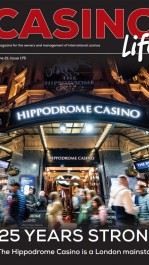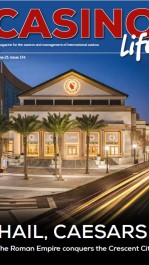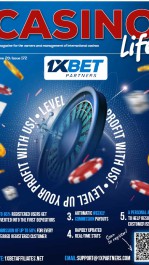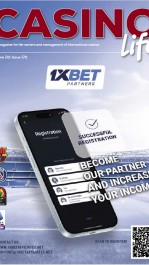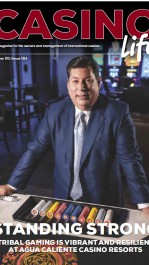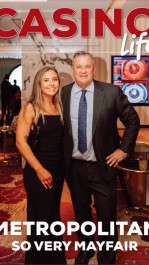For 300 days of the year, the sun is shining down on the Mojave Desert. Our climate here in Southern Nevada makes us the ideal place to harness the sun’s power through solar energy projects.
And while developers have seized that opportunity with big solar plants out in the desert (we counted at least 20 operating in Southern Nevada, with many more on the way), there’s still room for residential and commercial solar power in our urban environment.
If you need a shining example, look no further than the Springs Preserve’s covered parking lot. The shade structure consists of 2,200 solar panels, which provide 700,000 kilowatt hours annually–enough to power about 50 homes for a year, according to Bronson Mack, spokesman for the Las Vegas Valley Water District.
“Solar does require some amount of land to be able to accommodate. But the other thing we have within our urban environment here that has a large footprint are our parking lots,” Mack says. “And parking lots are primarily asphalt, which means they are absorbing heat during the day and then radiating heat during the overnight hours.”
The urban heat island effect is when cities experience higher temperatures than their surrounding areas due to having more heat-absorbing surfaces and less vegetation. And with Las Vegas being the second-fastest warming city in the country, solutions for this phenomenon will be needed if we want our city to remain habitable.
“We help to reduce the effect by combining the large footprint for parking lots with the large footprint required for solar. Not only do you have the space to be able to install the solar, but you have the … additional benefit of the shade with a little bit of benefit likely to the urban heat island effect,” Mack says.
It’s a sustainable model that should be replicated all over town, experts say.
“It should be compulsory,” says UNLV professor Steffen Lehmann, who has written more than 20 books about sustainable urbanism.
“How can we not make parking without any solar canopies and trees? It’s a crime. When you look from outer space, you can see two urban heat islands. One is Harry Reid Airport. And the second-biggest is the Thomas & Mack car park—a huge sea of black asphalt with not one tree,” he says.
Not only does solar power have the potential to help with the urban heat island effect; it also helps Nevada reach its goal of 50% renewable energy by 2030, part of the state’s strategy to reduce greenhouse gas emissions and combat climate change.
Lehmann adds that “building-integrated solar power,” or integrating solar panel technology in the actual outer layer of a structure, should also be more widely adopted for efficiency’s sake.
“If we can harness solar power much more radically and upscale it, if we can have building-integrated solar power where the roof is the solar panel, it’s much better,” he says. “We can turn the city into a decentralized power station where every facade generates power.”
Source: Las Vegas Weekly
Preview Image: Shutterstock


